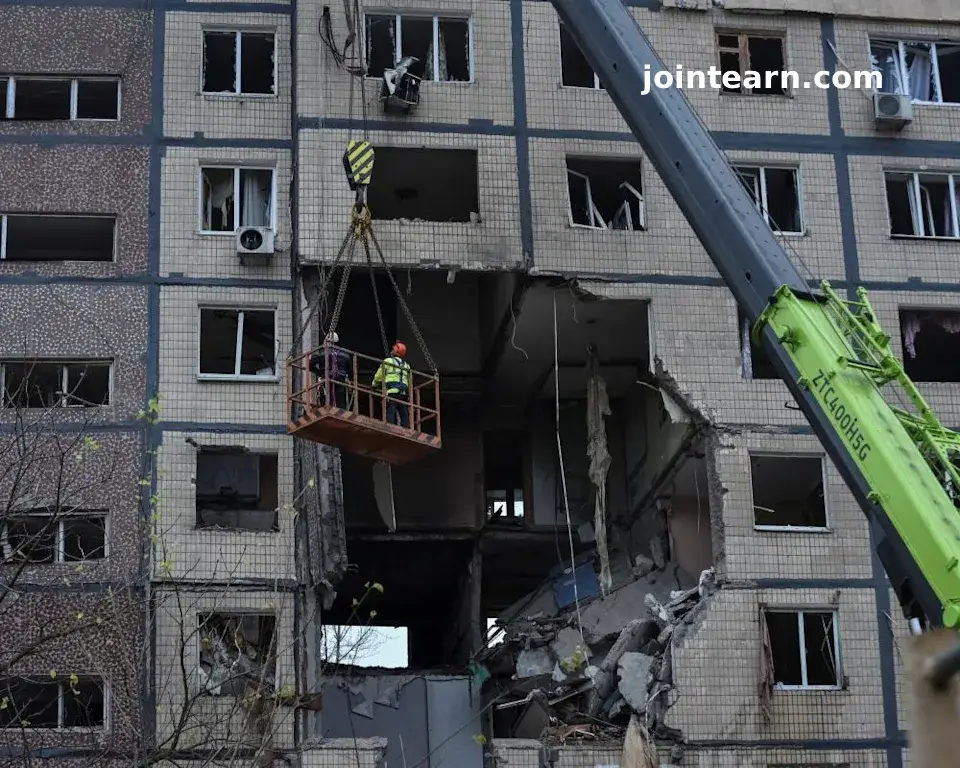
MANILA, Philippines — The Philippines is bracing for catastrophic winds and torrential rain as Super Typhoon Fung-wong barrels toward the country’s largest island, Luzon, prompting the evacuation of nearly one million people from high-risk coastal and low-lying areas.
The Philippine Atmospheric, Geophysical and Astronomical Services Administration (PAGASA) warned on Sunday that Fung-wong — locally named Uwan — is expected to make landfall late Sunday or early Monday in Aurora province, bringing sustained winds up to 185 km/h (115 mph) and gusts reaching 230 km/h (143 mph).
Officials have raised the highest tropical cyclone warning signal, Signal No. 5, over parts of Aurora, Camarines Sur, and Catanduanes, while Metro Manila and surrounding provinces are under Signal No. 3 as authorities brace for widespread flooding, destructive winds, and possible storm surges exceeding 3 meters (10 feet).
Nation on High Alert as Fung-wong Threatens Massive Impact
According to PAGASA, the enormous storm system spans a 1,600-kilometre (994-mile) diameter, capable of engulfing nearly two-thirds of the Philippine archipelago with torrential rain and gale-force winds. The country is still reeling from Typhoon Kalmaegi, which left at least 224 people dead earlier this week before striking Vietnam, where five more fatalities were reported.
President Ferdinand Marcos Jr. has declared a state of emergency across multiple provinces, citing the “compounded humanitarian impact” of back-to-back typhoons and the urgent need to accelerate pre-emptive evacuation and disaster relief operations.
Nearly One Million People Evacuated from High-Risk Areas
The Office of Civil Defense (OCD) confirmed that more than 916,000 residents in coastal provinces, including those in Bicol, Aurora, and Northern Samar, have been evacuated to temporary shelters and designated evacuation centers.
Defense Secretary Gilbert Teodoro Jr., who leads the national disaster response effort, urged residents to comply with government warnings to prevent large-scale casualties.
“We ask that people preemptively evacuate so that we don’t end up having to conduct rescues at the last minute,” Teodoro said in a televised briefing. “When the storm is already here and flooding starts, rescue becomes dangerous for everyone involved.”
Teodoro also warned that the typhoon’s massive reach could affect up to 30 million people across Luzon and the Visayas, including Cebu — still recovering from Typhoon Kalmaegi — and the densely populated Metro Manila region, home to over 13 million people.
Residents Flee as Floods Loom and Flights Cancelled
In the northern province of Isabela, dozens of families took shelter inside a local gymnasium converted into an emergency evacuation center.
“We heard that the typhoon is very strong, so we evacuated early,” said Christopher Sanchez, 50, who fled his riverside home with his children and grandchildren. “Every time there’s a storm, we come here because the floods rise higher than a person.”
Nationwide, schools and government offices in northern and central provinces will remain closed on Monday and Tuesday, while transportation authorities confirmed 325 domestic and 61 international flights have been cancelled.
The Philippine Coast Guard also grounded vessels in 109 ports, stranding more than 6,600 passengers and cargo workers as it warned of “extremely rough seas” and dangerous storm surges.
‘Life-Threatening’ Flooding and Storm Surge Expected
PAGASA cautioned that coastal areas along more than 20 provinces, including Quezon, Camarines Norte, Albay, and Metro Manila, face the risk of life-threatening storm surges, flash floods, and landslides.
Authorities have also issued advisories for mudflows near Mayon Volcano, one of the country’s most active volcanoes, as heavy rainfall could trigger dangerous lahar flows in the Bicol region.
Philippines Among World’s Most Disaster-Prone Nations
The Philippines experiences around 20 typhoons and tropical storms each year, making it one of the most disaster-vulnerable countries globally. The archipelago also lies on the Pacific “Ring of Fire”, exposing it to frequent earthquakes and volcanic eruptions.
Experts say climate change is intensifying the frequency and strength of typhoons, with sea surface temperatures in the Pacific Ocean rising, fueling storms like Fung-wong to reach super typhoon status.
Government’s Emergency Response and International Support
The National Disaster Risk Reduction and Management Council (NDRRMC) has mobilized search and rescue teams, medical units, and military assets for post-landfall operations. Food packs, clean water, and emergency supplies have been pre-positioned in evacuation centers.
Meanwhile, international humanitarian organizations — including the Red Cross, UNICEF, and the World Food Programme (WFP) — have pledged logistical support for relief and recovery efforts.
President Marcos urged the public to “stay vigilant, remain indoors, and cooperate with authorities” as the storm approaches.
“This is a time for unity and preparedness,” Marcos said. “Our collective action will save lives.”
Key Facts About Super Typhoon Fung-wong
- Category: Super Typhoon (sustained winds ≥ 185 km/h)
- Local name: Uwan
- Projected landfall: Aurora Province, northern Luzon
- Winds: Up to 230 km/h (143 mph) gusts
- Evacuated: 916,860 people
- Alert level: Signal No. 5 (highest)
- Affected regions: Bicol, Aurora, Isabela, Metro Manila
- Expected storm surge: Over 3 meters (10 feet)
- President’s declaration: National State of Emergency


Leave a Reply